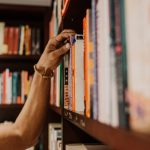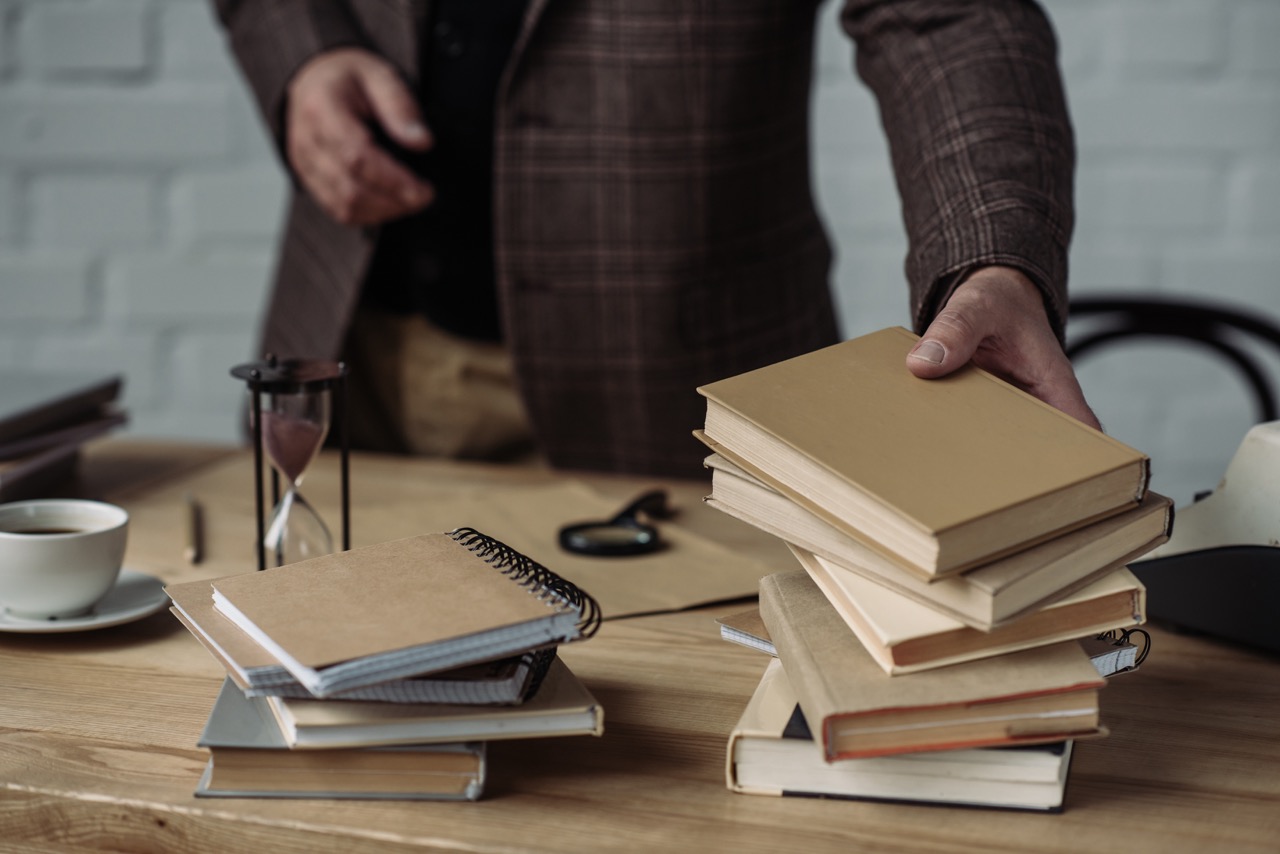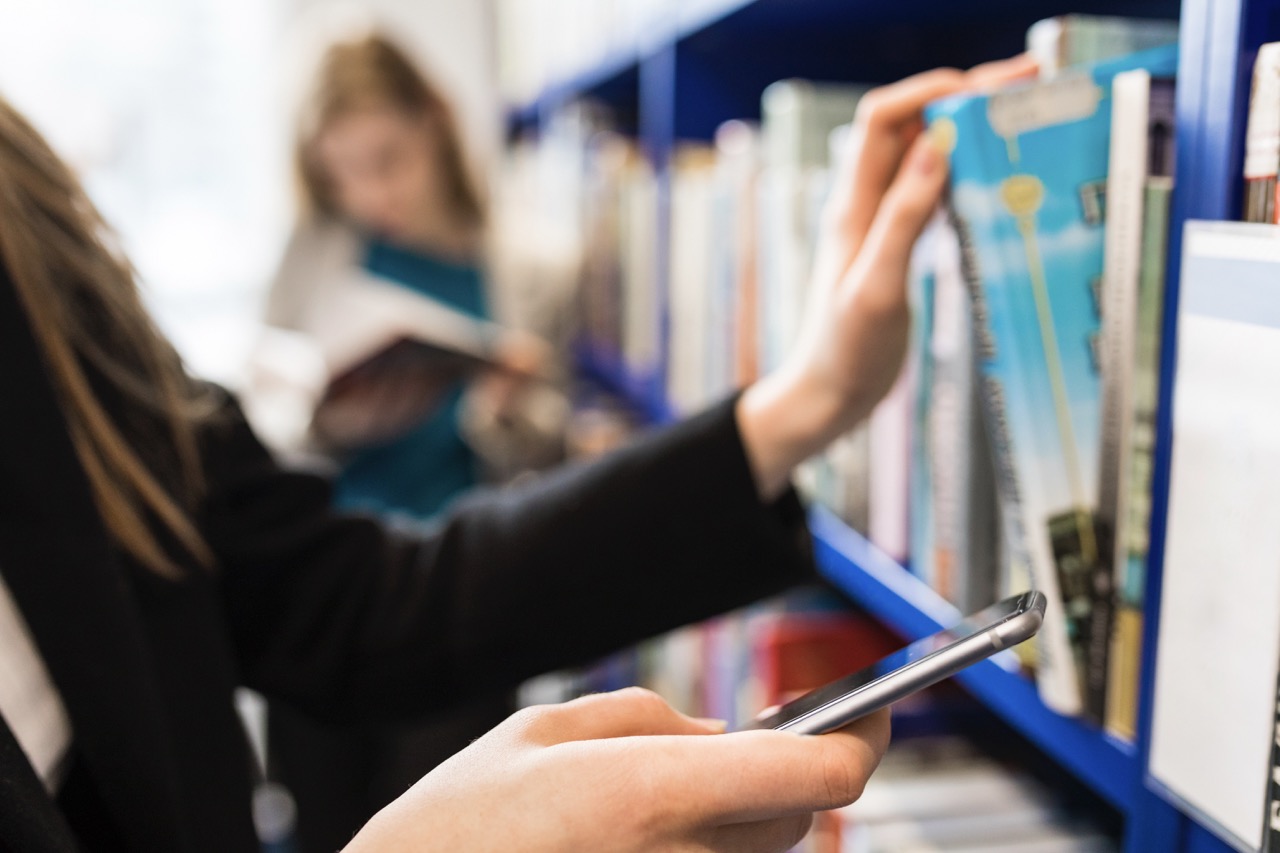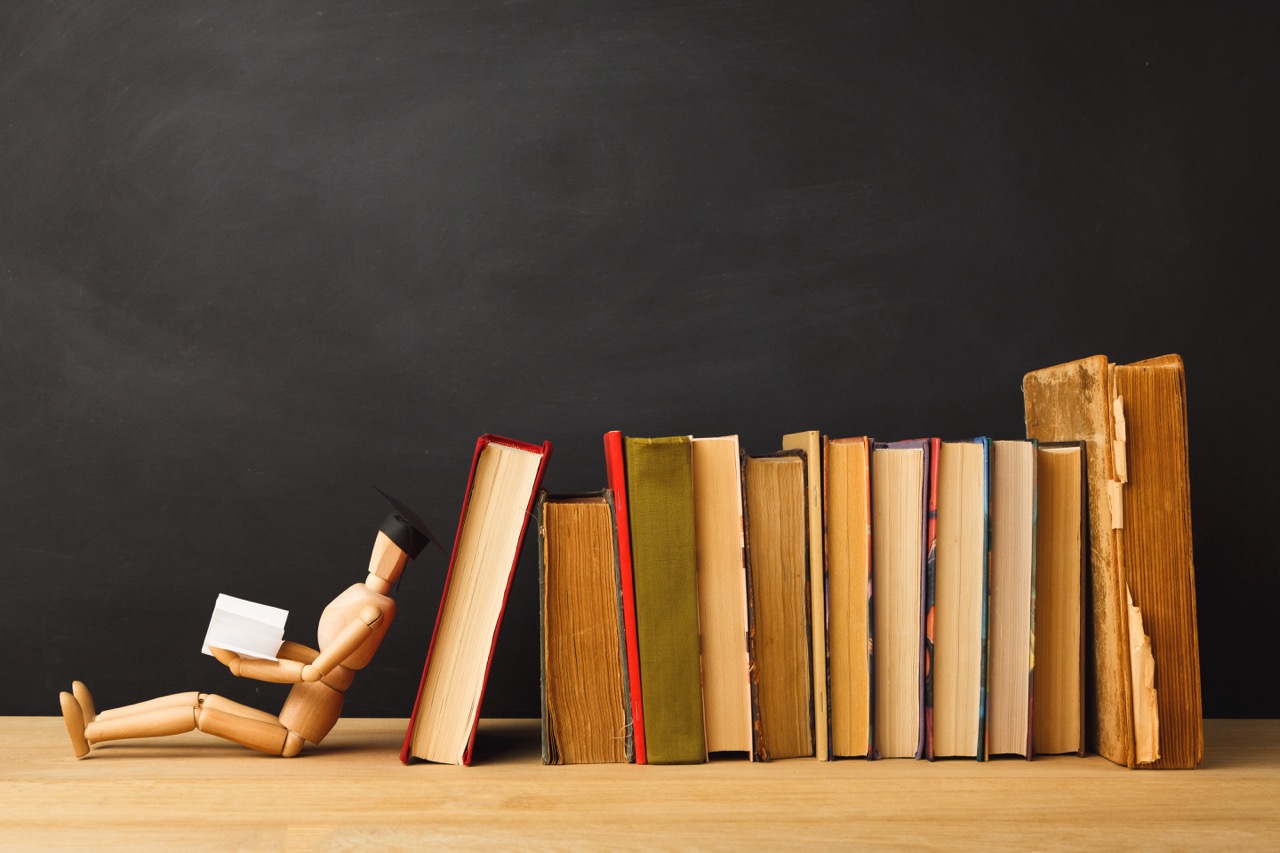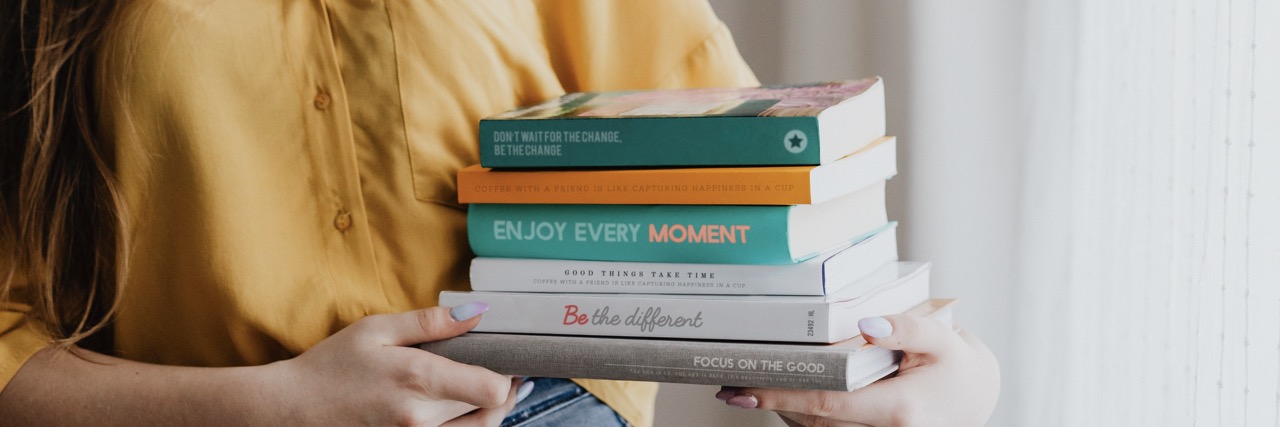In a world bursting with distractions, the age-old practice of reading can sometimes feel like a hidden gem. But did you know that reading isn’t just a way to escape reality or dive into new worlds? It also plays a vital role in nurturing our creativity. The relationship between our reading habits and creativity is a fascinating one, revealing how the stories we engage with can spark new ideas, enhance our problem-solving skills, and fuel our imaginations. Let’s explore this connection and discover how we can cultivate a reading habit that not only entertains us but also enriches our creative lives.
How Reading Expands Your Creative Horizons and Imagination
Reading opens doors to diverse perspectives and experiences, allowing us to explore realms we might never encounter in our everyday lives. Each book we pick up introduces us to different cultures, ideas, and emotional landscapes. This broadening of our worldview can ignite our imagination, prompting us to think outside the box and consider alternative solutions to challenges we face. When we immerse ourselves in a well-crafted narrative, we cultivate a rich tapestry of images and ideas that can inspire our own creative endeavors.
Moreover, reading fiction, in particular, enhances our empathy. It encourages us to step into the shoes of characters from various backgrounds, helping us understand their motivations and struggles. This empathetic engagement is crucial for creativity, as it allows us to draw connections between disparate ideas and synthesize new concepts. Whether it’s a gripping novel or a thought-provoking poem, every story has the potential to awaken our creative instincts and push the boundaries of our imagination.
Finally, the act of reading itself—whether it’s a leisurely pace or a more analytical approach—can stimulate our brains in unique ways. The mental imagery we create as we read helps strengthen neural connections, fostering a fertile ground for creativity. By regularly exposing ourselves to new narratives, we prime our minds for innovative thinking, making it easier to generate original ideas in our own work.
The Science Behind Reading and Enhanced Creative Thinking
Research consistently supports the idea that reading enhances creativity. Studies have shown that engaging with literary texts can boost divergent thinking, which is the ability to generate multiple solutions to a problem. This cognitive flexibility is essential for creativity, as it enables us to approach problems from various angles and explore uncharted territories in our thought processes. The more we read, the more our brains become accustomed to thinking in a multifaceted manner, thus enhancing our creative capabilities.
Neuroscientific studies also reveal that reading activates various regions of our brain associated with imagination and creativity. When we read, our brain’s default mode network—a system linked to creativity—lights up, facilitating connections between seemingly unrelated concepts. This neural activity can lead to “aha” moments, where we suddenly realize a solution or idea that had previously eluded us. In essence, reading not only fills our minds with knowledge but also equips us with the tools to think creatively and innovatively.
Additionally, the practice of reading can serve as a mental exercise that sharpens our cognitive skills. As we navigate complex narratives and intricate plots, our brains work to decode meanings, predict outcomes, and analyze character motivations. This cognitive engagement not only boosts our analytical skills but also enhances our ability to think creatively. By regularly challenging ourselves with diverse genres and styles, we can foster a mindset that embraces creativity and innovation.
Practical Tips to Cultivate a Creative Reading Habit
To harness the full potential of reading for creativity, it’s essential to establish a reading habit that is both enjoyable and enriching. Start by diversifying your reading list. Explore genres beyond your usual preferences—if you typically gravitate toward fiction, try non-fiction, poetry, or even graphic novels. Each genre offers unique storytelling techniques and thematic explorations that can inspire your creative thinking in unexpected ways.
Another effective strategy is to create a reading routine that fits seamlessly into your daily life. Whether it’s dedicating a specific time each day for reading or setting a goal for a certain number of pages or chapters, consistency can help cultivate a deeper connection with the material. Consider keeping a reading journal, where you jot down insights, ideas, or even sketches inspired by what you’ve read. This practice not only reinforces your engagement with the text but also serves as a valuable resource for future creative endeavors.
Lastly, don’t hesitate to discuss your readings with others. Join a book club or engage in conversations with fellow readers—sharing insights and interpretations can open new avenues of thought. Collaborative discussions can spark ideas that you might not have considered on your own, further enhancing your creative process. Remember, reading is not just a solitary activity; it can flourish in communal spaces where ideas are shared and explored together.
Inspiring Authors Share Their Thoughts on Reading and Creativity
Many celebrated authors recognize the profound relationship between reading and creativity. For instance, Neil Gaiman often speaks about how reading opens doors to imagination and innovation. He suggests that reading widely allows writers to absorb various styles and techniques, enriching their own creative voice. Gaiman emphasizes that every book we read contributes to our understanding of storytelling, ultimately shaping our ability to craft compelling narratives.
Similarly, the acclaimed writer Ursula K. Le Guin believed that reading is an essential part of the creative process. She famously stated, “The creative adult is the child who survived.” Le Guin’s perspective highlights the importance of nurturing our imaginative instincts through reading, reminding us that the stories we encounter can inspire us to reconnect with our inner child and explore the limitless possibilities of creativity.
Lastly, author and educator Anne Lamott reminds us that “Almost all good writing begins with terrible first efforts.” She believes that reading exposes us to exceptional writing, which can motivate us to push through our own creative struggles. By absorbing the wisdom and craft of other writers, we learn to embrace the messy, imperfect nature of creativity—ultimately leading us to produce our own unique work.
In conclusion, the relationship between reading habits and creativity is a captivating interplay that can profoundly impact our lives. By immersing ourselves in diverse narratives, we not only expand our imaginative horizons but also enhance our creative capacities. The science backs it up, revealing how reading strengthens our cognitive abilities and fosters innovative thinking. As we cultivate a reading practice that excites us, we open ourselves to a world of inspiration and possibility. So grab that book, find a cozy spot, and let your imagination soar—your creativity might just thank you for it!





